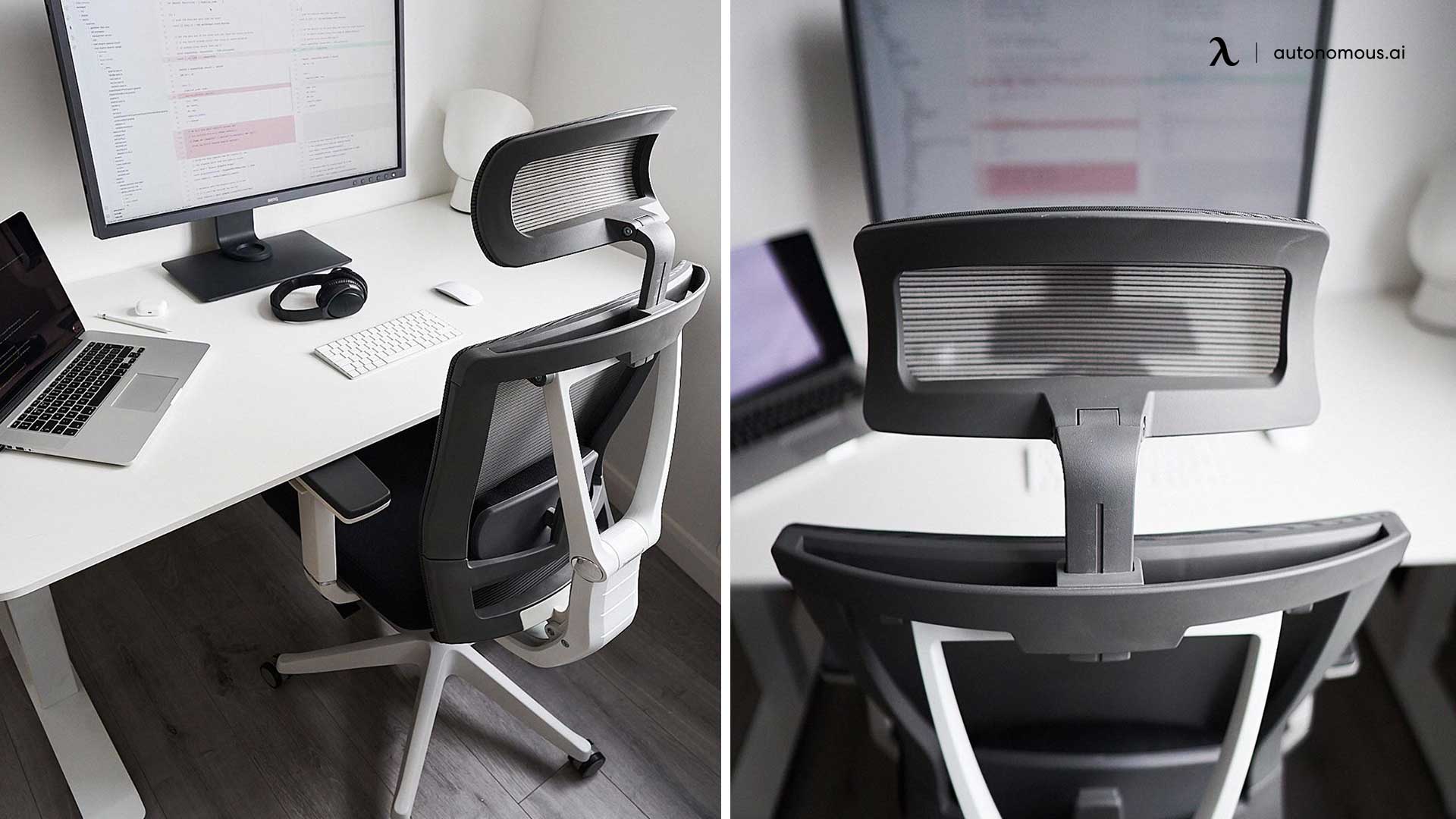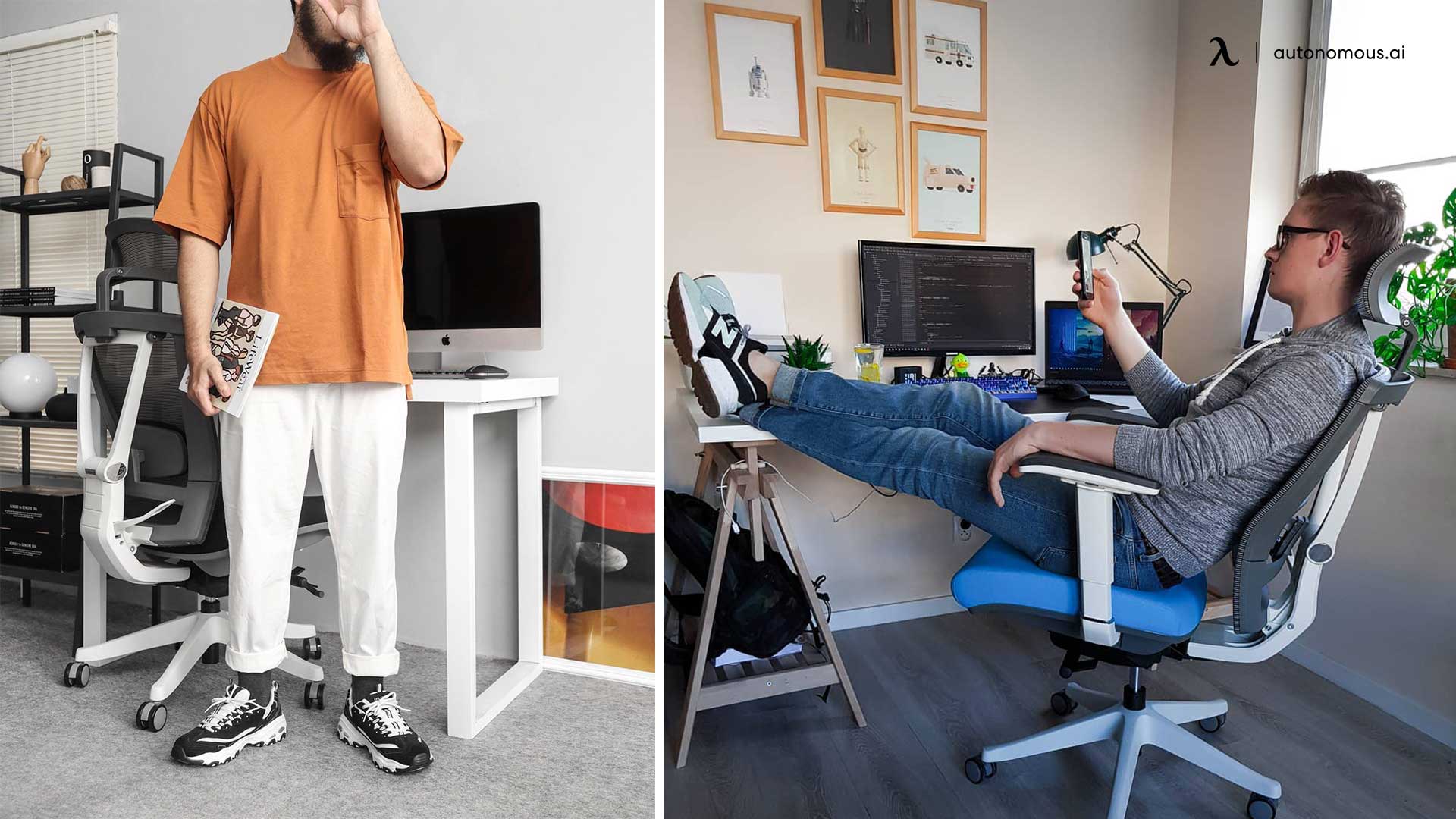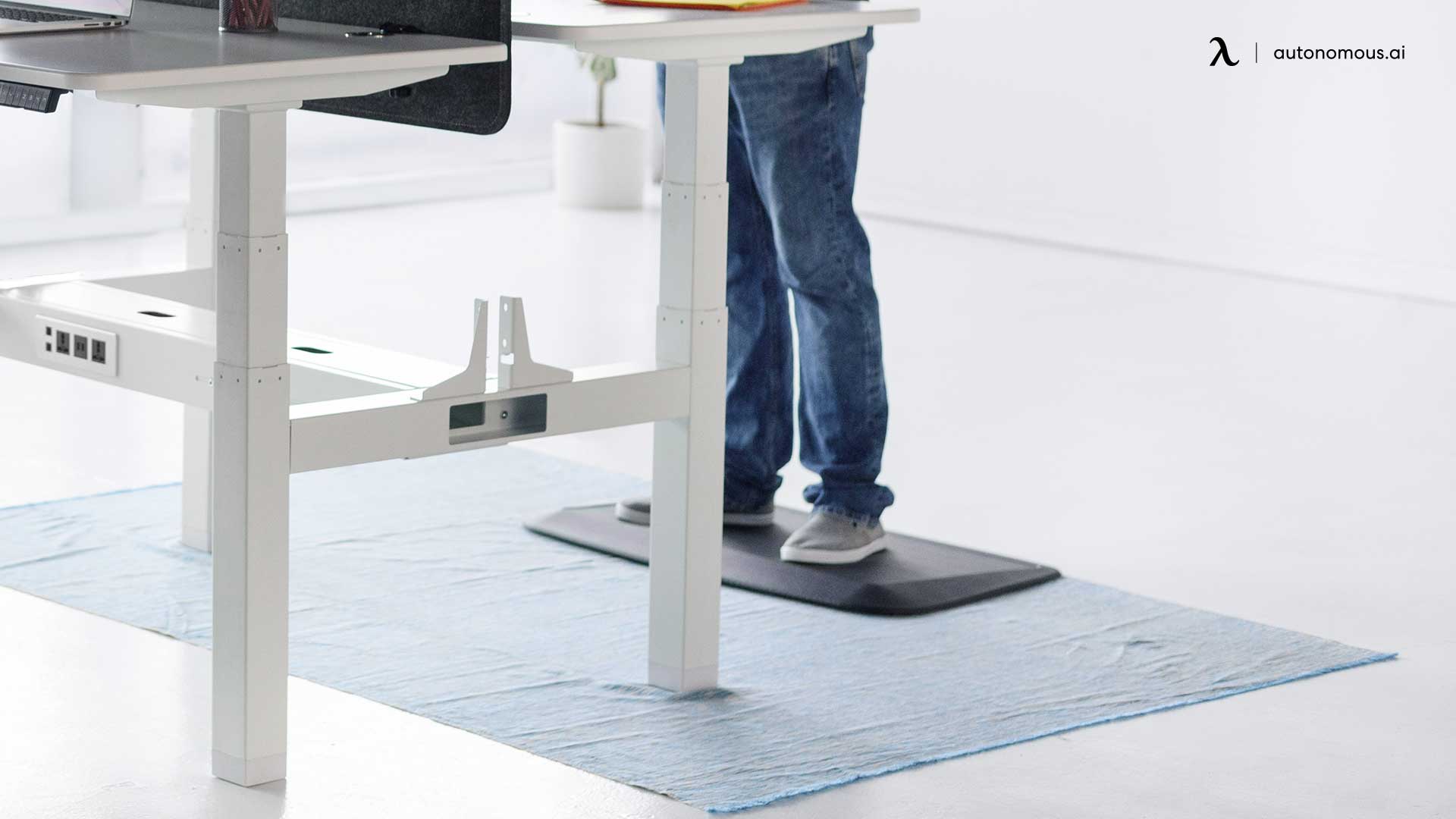/https://storage.googleapis.com/s3-autonomous-upgrade-3/static/upload/images/new_post/how-to-beat-fatigue-when-standing-in-the-workplace-542.jpg)
How to Beat Fatigue When Standing in the Workplace
A study by Annals of Internal Medicine found that sitting for prolonged periods can lead to early mortality. Fortunately, there’s a great way to combat that! The American Heart Association encourages people to “Sit less, move more.”
Today, standing is becoming quite popular as a way to be healthier and productive as you work; this reflects in the rise of standing desks. However, if you’re just starting, fatigue can be a high hurdle to overcome.
When standing you have to be more mindful of your body’s needs to prevent injury and pain. Standing requires considerable effort from your muscles. Back pain and leg cramps are common conditions that standing workers have to deal with, even after being on their feet for a brief time.
Standing for prolonged periods at work not only leads to back pain and leg cramping but also causes other issues including fatigue, bunions, too much pressure on the joints, and swelling of the limbs. These health issues can affect your productivity and they cause significant discomfort. And over time, the effects of standing and related muscle fatigue can cause health conditions, such as heart disease.
Fortunately, there are quick and simple hacks to fight fatigue and improve your safety when working while standing.
Get an Adjustable Standing Desk

If you’re reading this article, you probably work at a makeshift standing desk or kitchen counter, and you most likely own a standing desk.
Of the many varieties of standing desks in the market, choose one that is height-adjustable to get the maximum benefit. With an adjustable standing desk, you can alternate between sitting and standing, which can easily improve your posture.
A survey by Australian researchers in 2014 found that there’s a decrease in fatigue and lower back pain when switching between sitting to standing postures every 30 minutes.
Autonomous offers a guide to feeling comfortable when working on an ergonomic workstation.
However, if you aren’t ready to replace your regular desk with an adjustable height one, investing in a good desk converter is a great alternative option.
Get a Sit-Stand Chair
 Just as the name suggests a sit-stand chair allows you to switch between sitting and standing postures on a whim. These chairs are not only great for beginners who have trouble maintaining a standing position for long, but they are also a perfect fit into experts’ normal routine of periodically switching between sitting and standing.
Just as the name suggests a sit-stand chair allows you to switch between sitting and standing postures on a whim. These chairs are not only great for beginners who have trouble maintaining a standing position for long, but they are also a perfect fit into experts’ normal routine of periodically switching between sitting and standing.
A sit-stand chair has a sturdy base and a stool at the top which is height adjustable. At its highest height setting your legs will be straight, which is good for blood circulation, and the chair will still support your bottom as needed.
The moving column and the low-cut backrest on most sit-stand chairs allow active sitting that forces your core to be engaged all times, which is another benefit of these chairs. These chairs are relatively inexpensive and they accompany minimal space compared to a standard office chair.
The autonomous ErgoStool is a splendid example of a sit-stand chair. The ergonomic stool encourages active sitting and constant movement which can improve your focus. Studies have found that children with Attention Deficit Hyperactivity Disorder (ADHD) concentrate and focus better when active sitting is implemented in their learning process.
Wear the Right Shoes
 Wearing shoes with a proper arch and sole support can help you stand longer when working at your standing desk, by easing the pressure on the ligaments, muscles, and tendons. The balls of the feet should bear most of your body’s weight.
Wearing shoes with a proper arch and sole support can help you stand longer when working at your standing desk, by easing the pressure on the ligaments, muscles, and tendons. The balls of the feet should bear most of your body’s weight.
Thus, wearing the right pair of shoes can maintain the arch of the feet by supporting the soles. Dr. Benno Nigg, a biomechanics professor at the University of Calgary, suggests that each person should wear the shoes they feel comfortable in. The recommended shoes include comfortable sneakers, professional clogs, or running shoes with excellent cushioning. However, the right type of shoe will largely depend on workplace dress codes.
Alternatively, you can use shoe inserts and compression hosiery to counter the adverse effects of standing for an extended period. Or, you can modify your current shoes for improved posture by investing in comfortable insoles, especially if you work in a workplace with strict dress codes.
Exercise Your Core and Foundation
Doing exercises that strengthen your core—the abdominal and lower back muscles can improve your posture, particularly when standing.
Strengthening the core muscles in the abdomen allows these muscles to support the weight of the back—a weak core can cause slouching and back pain. So, it’s essential to work out!
The recommended core exercises include planks, single leg extensions, and Pilates-based exercises that target the lower back and abdominal muscles. Most of these exercises work out multiple muscles simultaneously.
In recent years, foundation exercises have also become quite popular because they strengthen the core and they give you more stamina when you stand. Lunge stretches are some of the foundation exercises you can do to strengthen your core and improve your posture.
Get an Anti-Fatigue Mat
 Anti-fatigue mats reduce fatigue caused by standing for lengthy periods on hard surfaces, such as cement floors. Fatigue-reducing mats are made of various materials, such as carpeting materials, rubber, vinyl, and wood.
Anti-fatigue mats reduce fatigue caused by standing for lengthy periods on hard surfaces, such as cement floors. Fatigue-reducing mats are made of various materials, such as carpeting materials, rubber, vinyl, and wood.
Using anti-fatigue mats can reduce foot and lower limb disorders, especially when you stand in one position for interminable periods. A cushioned anti-fatigue helps relieve pressure from the leg muscles and tendons. It helps contract the muscles in the shins and calves, which improves blood and oxygen flow in the body.
Autonomous offers anti-fatigue mats that can help you reduce discomfort and fatigue while standing. The cushioned mats are designed to keep your spine balanced at angles that relieve back pain. These mats also improve your standing posture, improving your productivity.
In a study published in the International Journal of Occupational Medicine and Environmental Health, 16 participants without preexisting lower back pain conditions were asked to stand for 2 hours in two different standing positions switching between using an anti-fatigue mat and standing on a rigid surface. The findings revealed that anti-fatigue mats reduced lower back pain among 15 of the participants significantly.
Final Thoughts
If you’re solely focused on modifying your workplace to facilitate standing, you’re missing the point. While the consensus is that standing is great for your health, the overall conclusion of all the major studies is that adding variety to your posture throughout your workday is crucial to better health.
This means you should switch between sitting and standing occasionally, wear the right shoes, and exercise your core and foundation as often as possible. We hope this article has given you some insightful ways to combat fatigue when standing in the workplace.
How do you combat fatigue when standing at work? Leave your comments below!
Stay connected with us!
Subscribe to our weekly updates to stay in the loop about our latest innovations and community news!
Spread the word



/https://storage.googleapis.com/s3-autonomous-upgrade-3/production/ecm/230914/bulk-order-sep-2023-720x1200-CTA-min.jpg)

/https://storage.googleapis.com/s3-autonomous-upgrade-3/static/upload/images/new_post_author/karen-kimonye-15.png)